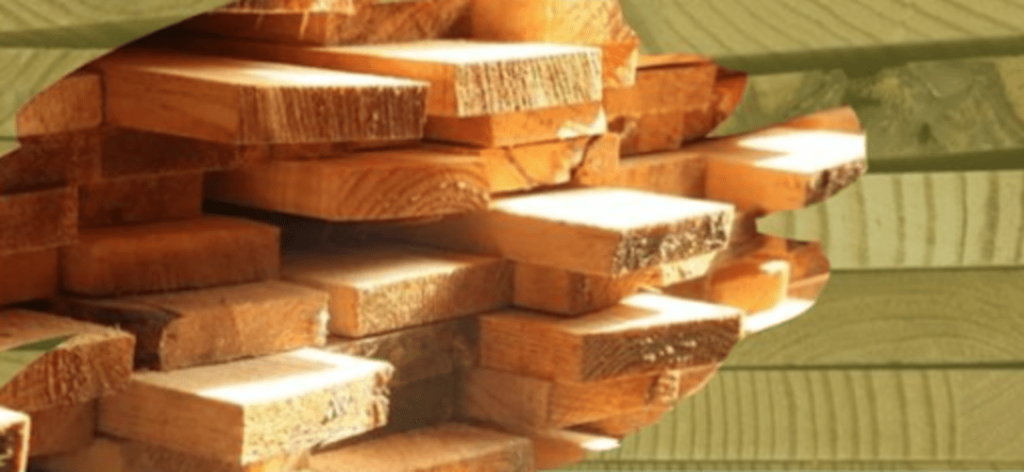As climate change leads to hotter, drier conditions, wildfires are becoming an increasingly dangerous threat across many parts of the world. Using fire resistant building materials can greatly improve a home’s chances of surviving a blaze. In this article, we’ll explore the advantages of constructing with lumber designed to be fire resistant.

What is Fire Resistant Lumber?
Fire resistant lumber is wood that has been treated with fire retardant chemicals or has had its combustion properties reduced through engineering. This enables it to better withstand flames, charring and structural stresses that occur during a wildfire.
There are two main categories of fire resistant lumber:
Treated Fire Resistant Lumber
- Lumber pressure-treated with fire retardant chemicals that inhibit ignition and slow combustion. Treatment penetrates deep into the wood.
- Types include dimensioned boards, plywood, poles, posts and glued laminated timber.
- Brands include D-Blaze, FlameFree and Hoover Treated Wood.
Engineered Fire Resistant Lumber
- Lumber strategically engineered to be more fire resistant.
- Methods include removing resins/knots, layering strands of wood, compressing fibers.
- Types include laminated veneer lumber and cross-laminated timber.
- Brands include Intrinergy, Silvex and Forte.
Key Benefits of Using Fire Resistant Lumber
- Improves Structural Resilience
Fire resistant lumber is designed to retain its load-bearing strength for longer periods when exposed to flames. This gives occupants more time to evacuate and firefighters more time to save the home.
Studies by organizations like the National Association of Home Builders Research Center have proven the enhanced fire resistance qualities of treated and engineered lumber products. When incorporated in walls, floors and roofs, they can improve a home’s overall durability during wildfires.
- Reduces Risk of Ignition
Untreated wood inherently contains resins and oils that make it flammable when high heat is applied. Treated fire resistant lumber limits the amount of combustible chemical compounds in the wood’s makeup. This reduces the risk of the material igniting.
During a wildfire, wind-blown embers are the most common cause of structure ignitions. Using lumber engineered or treated to be fire resistant safeguards against ignition. It allows homes to withstand ember exposure better.
- Slows Spread of Interior Flames
Many fire deaths occur due to smoke inhalation when flames spread rapidly inside a home. Fire resistant lumber is designed to self-extinguish when a heat source is removed.
By using this type of lumber inside walls and for roof trusses, flames can be slowed and contained rather than quickly engulfing the entire building.
- Lowers Toxic Smoke Production
When traditional lumber burns, it releases dense smoke laced with toxic chemicals like carbon monoxide, sulfur dioxide and formaldehyde. The poisons in this smoke present a severe health hazard.
Fire resistant lumber minimizes this threat. When exposed to fire, it emits far less toxic smoke compared to regular wood. This lessens the health risks occupants face during evacuation and fire crew face during response.
- Can Qualify for Insurance Discounts
Some insurance companies offer premium discounts to homeowners who use fire resistant building materials. Replacing just your roof deck with fire retardant plywood can qualify for up to a 30% discount.
Check with your provider to find opportunities for savings when you incorporate fire resistant lumber during new construction or remodeling projects. This is especially beneficial for homes in fire prone areas.
Key Applications for Fire Resistant Lumber
There are several exterior and interior applications where using fire resistant lumber can notably amplify protection:
- Roof sheathing and rafters – As embers collect on the roof, resistant lumber prevents ignition. It also retains structural integrity so the roof doesn’t collapse.
- Exterior walls – Siding with a resistant material underneath thwarts ignition. It shields any interior voids where embers could enter and start combustion.
- Decks – Open underneath decks are highly vulnerable to flaming debris. Resistant deck boards and supports prevent full deck failure.
- Fascias – Flames easily spread along untreated fascia boards. Substituting fire resistant lumber containment.
- Structural frames – Internal walls and floors are compromised when supports rapidly weaken. Resistant studs and posts maintain stability much longer.
- Interior walls – Vertical and horizontal flame spread endangers occupants. Resistant lumber buys valuable evacuation time.
While no building material is 100% fireproof, using fiberon decking strategically throughout a home’s construction markedly reduces fire risks. Given the growing regularity of wildfires, it is a prudent investment for builders and homeowners focused on preventing tragic property losses.




















